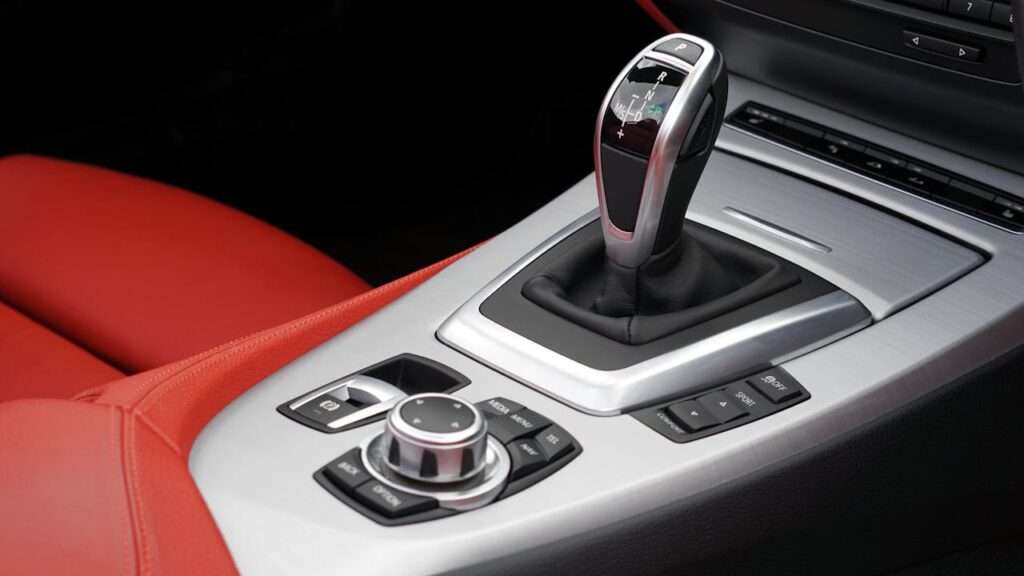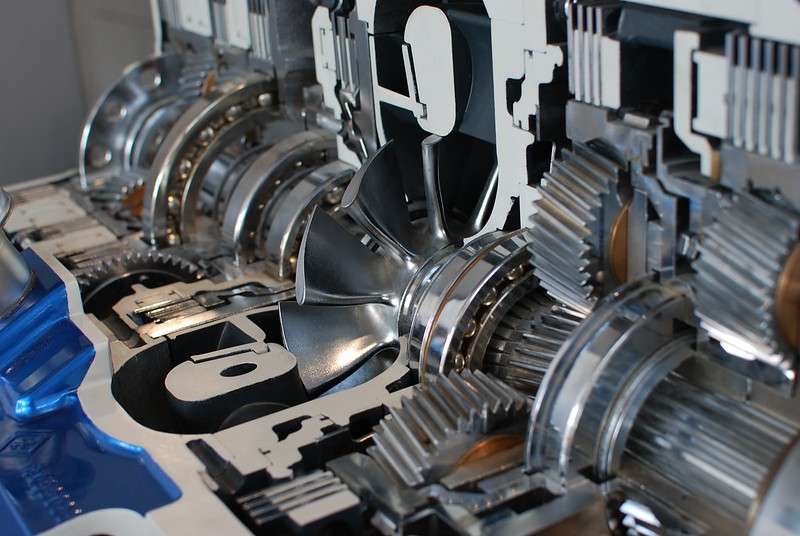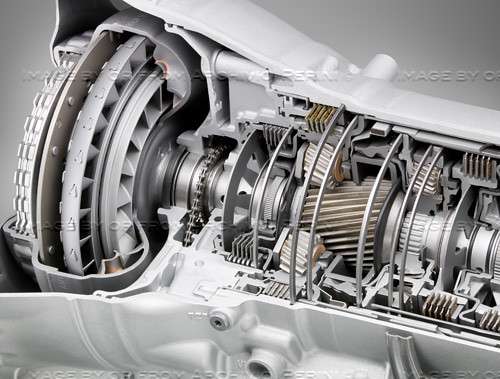The semi-automatic transmission gearbox offers you more control than its fully automatic counterpart. It is the perfect balance between ease and engagement is real.
The semi automatic transmission is the balance between the convenience of an automatic transmission and the control offered by a manual. It requires less effort than a traditional manual transmission because it combines features from both manual and automatic transmissions.
With an automatic clutch system and gear shifts that can be manually controlled, semi-automatic transmissions provide the best of both worlds. Whether you prefer smooth automatic shifting or crave the thrill of precise gear changes, this innovative technology has got you covered.
Key takeaways.
The key takeaways about the semi automatic transmission are in relation to the balance between manual and automatic, how it works, maintenance and proper usage.
- Balance between manual and automatic.
Semi-automatic transmission provides drivers with the fun factor of manual shifting while also offering the convenience of an automatic. It allows you to engage with your car, giving you more control over its power and performance.
- How it works.
Unlike traditional automatic transmissions, semi-automatics do not use a torque converter. Instead, they employ an automated clutch system or buttons to shift gears. This means that drivers can still manually shift gears without needing to operate a clutch pedal like in a fully manual transmission.
- Maintenance and proper usage.
To ensure the longevity and efficiency of your semi-automatic transmission, regular maintenance is essential. This includes checking fluid levels, inspecting clutches, and following the manufacturer’s guidelines for service intervals. Proper usage involves understanding when to shift gears manually or let the system handle it automatically based on driving conditions.
How does a semi-automatic transmission work?
Semi-automatic transmissions are found in various car models across different brands. They go by different names such as “Semi-Auto,” “Tiptronic,” or “Paddle Shift.” Regardless of the name, these transmissions offer a way for drivers to enjoy both manual engagement and automatic convenience.
A semi-automatic transmission is an innovative technology that combines the convenience of an automatic transmission with the control of a manual gearbox. It utilizes an automated clutch system for gear shifting, allowing drivers to shift gears without using a clutch pedal.
The clutch system.
The key component in a semi-automatic transmission is the clutch system. This system consists of sensors and actuators that work together to facilitate smooth and efficient gear changes. When the driver initiates a gear change, the sensors detect the speed and load conditions of the vehicle. Based on this information, the actuators engage or disengage the clutch automatically, ensuring seamless transitions between gears.
Unlike traditional manual transmissions where drivers have to manually operate both the clutch and gear lever, a semi-automatic transmission simplifies this process. By eliminating the need for a clutch pedal, it offers greater convenience and ease of use.
- It allows drivers to manually shift gears when desired.
One of the advantages of a semi-automatic transmission is that it allows drivers to manually shift gears when desired. This gives them more control over their driving experience without sacrificing comfort. Whether it’s for sporty acceleration or precise downshifting during overtaking maneuvers, drivers can enjoy an engaging driving experience with just a flick of their fingertips.
How to operate a semi-automatic transmission in a car.

To operate a semi-automatic transmission in a car, engaging the brake pedal before shifting gears is essential for safety, and utilizing the paddle shifters or buttons on your steering wheel allows for easy gear changes without needing a clutch pedal. Whether you’re using the manual mode or the automatic mode, here’s a few key steps and considerations to keep in mind.
- Engage the brake pedal before shifting gears.
Before changing gears, it’s important to engage the brake pedal fully. This ensures that the vehicle is stationary and prevents any accidental movement while shifting.
- Use paddle shifters or buttons on the steering wheel to change gears manually.
In manual mode, you have control over when to change gears. Many cars with semi-automatic transmissions come equipped with paddle shifters or buttons on the steering wheel that allow you to shift up or down manually without using a clutch pedal.
- Follow manufacturer’s instructions for specific vehicle models.
Each car model may have its own unique way of operating a semi-automatic transmission. It’s crucial to refer to the manufacturer’s instructions and guidelines provided in the owner’s manual for accurate information tailored specifically to your vehicle.
Effectively operate a semi-automatic transmission in your car by following these steps and considering these points. Always consult your vehicle’s manual for specific instructions related to your car model.
Now that you have an understanding of how to operate a semi-automatic transmission, you can confidently enjoy driving with this convenient feature.
Key differences between automatic and semi-automatic transmissions.
Driver control over when to shift gears, maintenance requirements and smoother gear transitions are the key differences between automatic and semi-automatic transmissions.
- Driver control.
With a semi-automatic transmission, drivers have the freedom to choose when they want to shift gears. This allows for a more engaging driving experience as they can tailor their gear changes according to their preferences or specific driving conditions. On the other hand, automatic transmissions handle gear shifts automatically based on factors such as engine speed and load conditions, providing convenience for those who prefer a more hands-off approach.
- Maintenance.
One advantage of opting for a semi-automatic transmission is that it generally requires less maintenance compared to traditional automatic transmissions. This is because semi-automatics have fewer complex components like torque converters found in automatics, resulting in potentially lower repair costs over time.
- Gear transitions.
Automatic transmissions have the upper hand. They are designed with advanced technology that ensures seamless shifting between gears without any noticeable jerks or interruptions. While semi-automatic transmissions still provide decent gear changes, they may not match the smoothness offered by their fully automated counterparts.
Advantages of using a semi-automatic transmission.
Control over gear selection, improved fuel efficiency and better acceleration are some of the advantages of using a semi-automatic transmission. There are several benefits that make it a popular choice for many drivers.
- Greater control over gear selection.
Unlike automatic transmissions, semi-automatic ones allow drivers to have more control over gear selection. This means they can choose the most suitable gear for different driving conditions, such as uphill climbs or overtaking on highways.
- Improved fuel efficiency.
Another advantage of semi-automatic transmissions is their improved fuel efficiency compared to traditional automatics. By allowing drivers to manually shift gears, they can optimize engine performance and reduce fuel consumption, ultimately saving money at the pump.
- Faster acceleration.
With quicker gear changes, semi-automatic transmissions enable faster acceleration. This can be particularly useful when merging onto busy highways or when quick bursts of speed are needed.
Disadvantages of using a semi-automatic transmission.
High purchase costs, takes more time to learn how to use it and can create an uncomfortable ride if not used properly are some of the disadvantages of using a semi-automatic transmission.
- More expensive upfront.
Compared to manual or traditional automatic transmissions, semi-automatic transmissions can be pricier initially.
- Learning curve for new users.
Operating a semi-automatic transmission requires some getting used to, especially for individuals who are new to this type of transmission.
- Jerky gear shifts if not operated properly.
If not handled correctly, semi-automatic transmissions may result in jerky gear shifts, leading to a less smooth driving experience.
Common malfunctions in semi-automatic transmissions.

Semi-automatic type of transmissions are known for their convenience and ease of use. However, like any mechanical system, they can experience malfunctions that affect their performance. Here are a few common issues that can arise with semi-automatic transmissions:
- Sensor failures leading to incorrect gear selection.
One of the key components in a semi-automatic transmission is the sensors that monitor various parameters such as speed, engine load, and throttle position. When these sensors fail or provide inaccurate readings, it can result in the transmission selecting the wrong gear. This can cause jerky shifting or even prevent the transmission from engaging gears altogether.
- Clutch actuator issues causing difficulty in engaging gears.
The clutch actuator is responsible for controlling the engagement and disengagement of the clutch in a semi-automatic transmission. If the clutch actuator malfunctions, it can lead to difficulties in shifting gears smoothly. Drivers may experience grinding noises or find it challenging to engage certain gears.
- Faulty wiring or electrical problems affecting transmission performance.
Another common malfunction in semi-automatic transmissions is faulty wiring or electrical issues. These problems can disrupt the communication between different components of the transmission system, leading to erratic behavior or complete failure of the transmission. It’s crucial to address any electrical problems promptly to avoid further damage.

